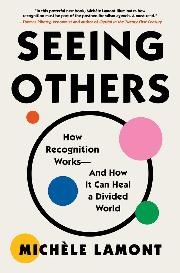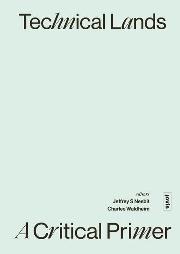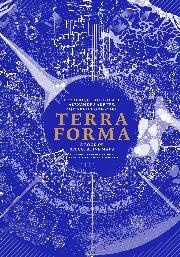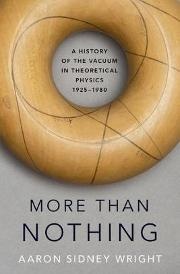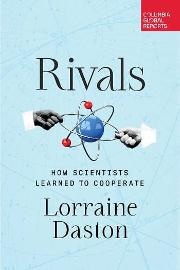Galison, Peter. “
Materielle Kultur, Theoretische Kultur und Delokalisierung.” In
Kunstkammer, Laboratorium, Bilhne,
edited by H. Schramm, L. Schwarte, and J. Lazardig, 501-520. Berlin: de Grutyer, 2003.
 materielle_kultur_theoretische_kultur_und_delokalisierung_galison_-_2003.pdf
materielle_kultur_theoretische_kultur_und_delokalisierung_galison_-_2003.pdf Galison, Peter, and Mario Biagioli, ed. Scientific Authorship: Credit and Intellectual Property in Science. New York: Routledge, 2003.
Galison, Peter. “
The Collective Author.” In
Scientific Authorship: Credit and Intellectual Property in Science,
edited by Peter Galison and Mario Biagioli, 325-353. New York and Oxford: Routledge, 2003.
 PDF
PDF Galison, Peter.
Einstein's Clocks, Poincaré's Maps: Empires of Time. New York: W.W. Norton, 2003.
A dramatic new account of the parallel quests to harness time that culminated in the revolutionary science of relativity, Einstein's Clocks, Poincaré's Maps is "part history, part science, part adventure, part biography, part meditation on the meaning of modernity....In Galison's telling of science, the meters and wires and epoxy and solder come alive as characters, along with physicists, engineers, technicians and others....Galison has unearthed fascinating material" (New York Times).
Clocks and trains, telegraphs and colonial conquest: the challenges of the late nineteenth century were an indispensable real-world background to the enormous theoretical breakthrough of relativity. And two giants at the foundations of modern science were converging, step-by-step, on the answer: Albert Einstein, an young, obscure German physicist experimenting with measuring time using telegraph networks and with the coordination of clocks at train stations; and the renowned mathematician Henri Poincaré, president of the French Bureau of Longitude, mapping time coordinates across continents. Each found that to understand the newly global world, he had to determine whether there existed a pure time in which simultaneity was absolute or whether time was relative.
Esteemed historian of science Peter Galison has culled new information from rarely seen photographs, forgotten patents, and unexplored archives to tell the fascinating story of two scientists whose concrete, professional preoccupations engaged them in a silent race toward a theory that would conquer the empire of time.
Available at: Amazon





